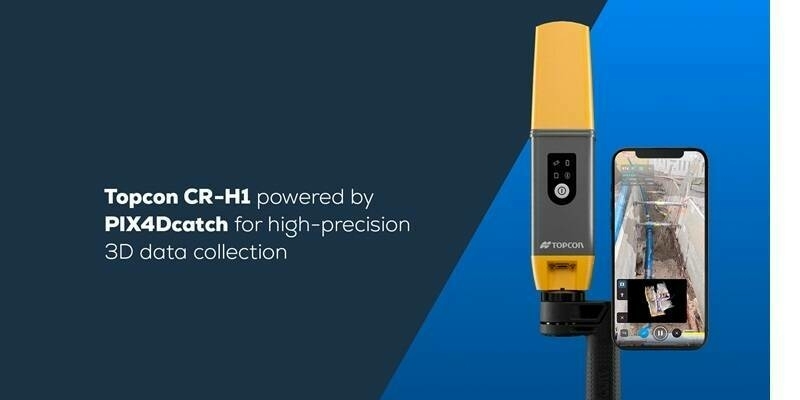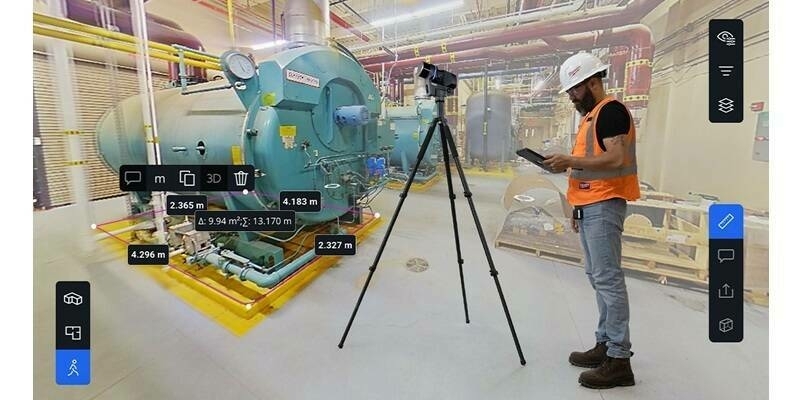The Open Geospatial Consortium (OGC) is considering CoverageJSON for adoption as an official OGC Community Standard.
A new Work Item Justification to begin the Community Standard endorsement process is available for public comment. Comments are due by July 25, 2021.
CoverageJSON is a simple, human- and machine-readable format for publishing spatio-temporal data to the Web. It is used for encoding coverage data such as multi-dimensional grids, time series, and vertical profiles, distinguished by the geometry of their spatio-temporal domain.
The CoverageJSON format supports the efficient download of useful quantities of data from datastores to lightweight clients, such as browsers and mobile applications. It allows local manipulation of the data in a format familiar to, and popular with, web developers, and that is readily usable by e.g. science researchers. It uses linked-data (JSON-LD) to reduce data payload volumes.
CoverageJSON was developed in 2015 at the University of Reading, as part of MELODIES (Maximizing the Exploitation of Linked Open Data in Enterprise and Science), a EU Framework 7 project, inspired by a demonstration by Joan Masó of CREAF.
The project identified a gap in the capabilities available to the developers of websites and apps who wish to consume scientific data. Existing data formats (e.g. NetCDF, HDF, GRIB, XML) were either highly complex or inappropriate to be used in these environments. Therefore the CoverageJSON format was developed for encoding many kinds of scientific and Earth Observation data in a manner that is friendly for web and app developers.
Subscribe to our newsletter
Stay updated on the latest technology, innovation product arrivals and exciting offers to your inbox.
Newsletter

